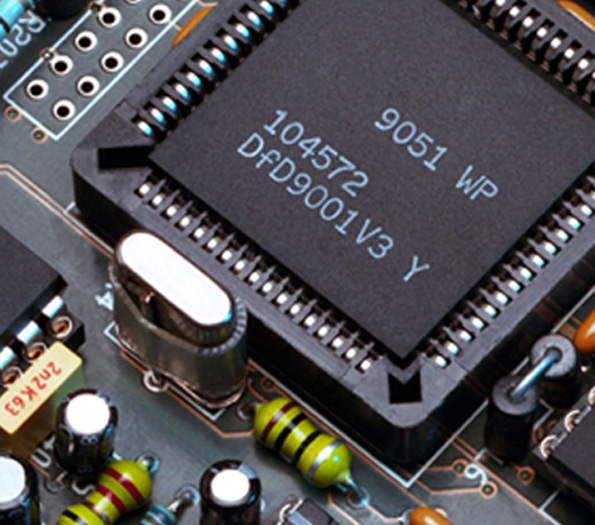

Pyrolytic Low-E Glass The Cutting-Edge of Energy Efficiency
In an age where energy conservation and sustainable building practices are at the forefront of architectural innovation, pyrolytic low-emissivity (Low-E) glass is making waves as a remarkable solution for enhancing energy efficiency in buildings. Comprised of specialized coatings that reflect infrared energy while allowing visible light to pass through, pyrolytic Low-E glass is transforming traditional glazing into a powerful tool to manage thermal comfort and reduce energy consumption.
Understanding Pyrolytic Low-E Glass
Pyrolytic Low-E glass is produced through a pyrolytic process, where a thin layer of metallic oxide is deposited on the glass during its production. This process can occur at high temperatures, which ensures a robust bond between the glass and the coating. The result is a durable product that not only provides exceptional thermal insulation but also maintains aesthetic appeal, allowing natural light to filter into spaces without compromising on energy efficiency.
The primary characteristic of pyrolytic Low-E glass is its ability to reflect infrared light. By doing so, it significantly reduces the amount of heat that escapes during the winter months while simultaneously minimizing heat gain during the summer. This characteristic is vital for maintaining consistent indoor temperatures, leading to enhanced comfort for occupants and lower energy costs for heating and cooling.
Environmental Impact and Energy Savings
The environmental benefits of using pyrolytic Low-E glass are substantial. According to various studies, buildings equipped with Low-E glass can reduce energy consumption for heating and cooling by as much as 25-30%. This reduction in energy demand not only lowers utility bills but also contributes to a significant decrease in greenhouse gas emissions, aligning with global efforts to combat climate change.

Moreover, the durability of pyrolytic Low-E glass means it has a long lifespan, which contributes to its sustainability profile. Unlike traditional glazing options that might require replacement after several years, pyrolytic Low-E glass is designed to withstand the elements while maintaining its performance. This longevity reduces waste and the need for frequent replacements, making it a sensible choice for architects and builders committed to sustainability.
Applications in Modern Architecture
The versatility of pyrolytic Low-E glass makes it an ideal choice for a wide array of applications in modern architecture. It can be used in residential buildings, commercial spaces, and high-rise structures, offering benefits regardless of the type of construction. The aesthetic flexibility it offers allows architects to create stunning designs while ensuring energy efficiency is paramount.
Notably, large expanses of glass can be utilized without the fear of excessive heat gain or loss, allowing for bold design statements such as floor-to-ceiling windows that connect indoor spaces with the outdoor environment. This transparency has become a hallmark of contemporary architecture, further blurring the lines between the built and natural environments.
Conclusion
In conclusion, pyrolytic Low-E glass stands out as a technological marvel in the realm of building materials. With its energy-saving properties, environmental advantages, and design flexibility, it plays a crucial role in the push for energy-efficient buildings. As architects, builders, and homeowners continue to prioritize sustainability, the adoption of pyrolytic Low-E glass is likely to soar, paving the way for a greener and more energy-conscious future. As we embrace these innovations, we take significant steps toward reducing our environmental footprint and creating comfortable, energy-efficient living spaces for generations to come.